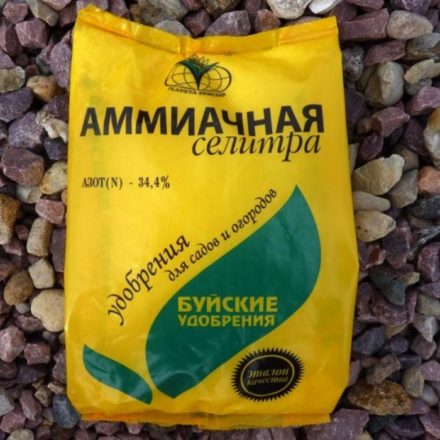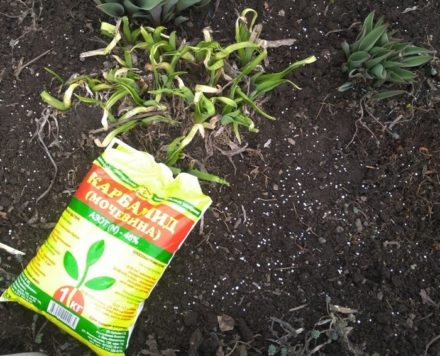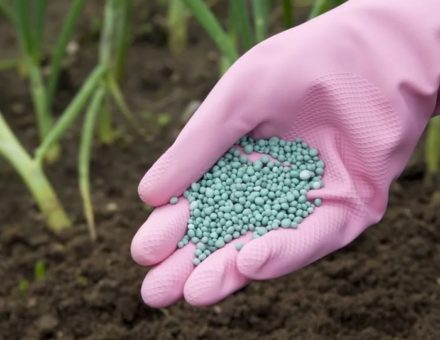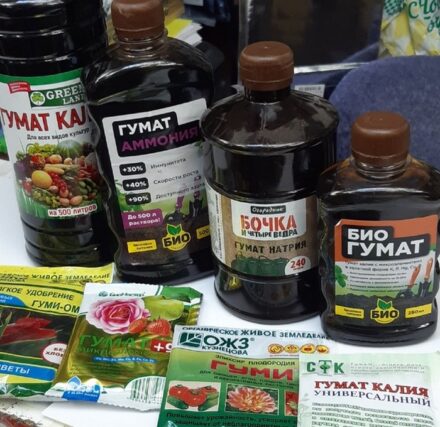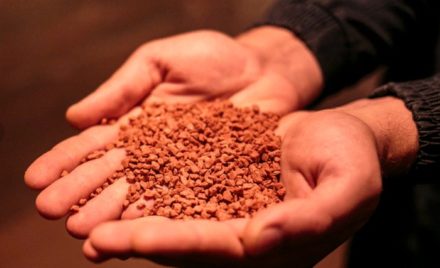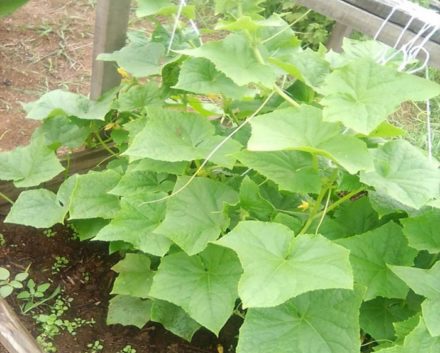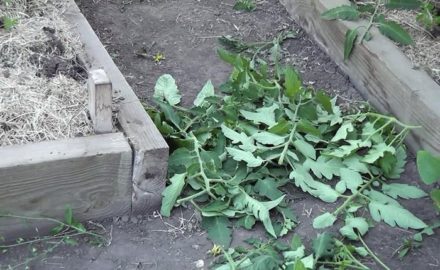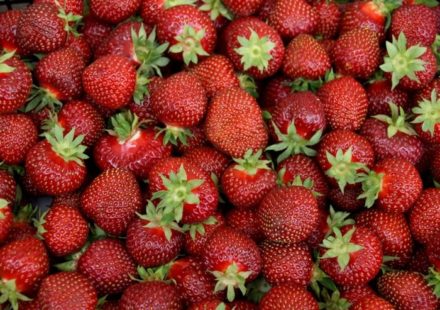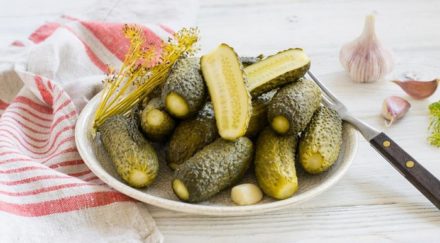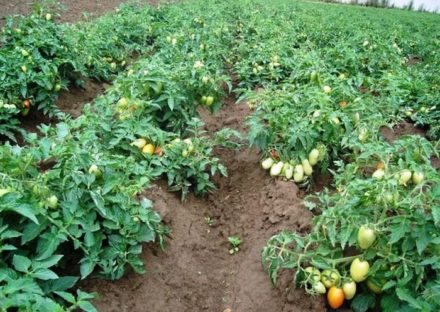Urea is a common fertilizer that is used by summer residents to feed garden and vegetable crops. Nitrogenous fertilizer, better known as urea, is well absorbed into plant tissues and stimulates rapid growth. In order not to cause harm by feeding, it is important to observe the proportions and frequency of use.
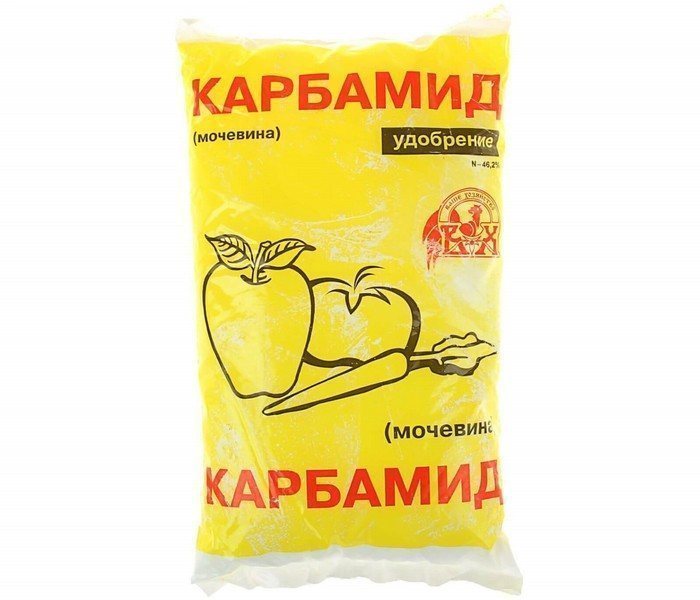
- Description
- Kinds
- Compound
- Properties
- Advantages and disadvantages
- Methods of application
- Deadlines for depositing
- How to breed
- Instructions for using urea as a fertilizer
- For vegetables
- cucumbers
- Tomatoes
- Cabbage
- Garlic
- Strawberry
- Potato
- Solanaceae
- Peas
- Beet
- For fruit and berry crops
- For ornamental crops
- Application against pests
- From pests
- From diseases
- FAQ
- Fertilizer reviews
Description
Urea is a concentrated nitrogen fertilizer, in the form of small, instant granules of white or transparent color. The substance is odorless. As the temperature increases, the solubility of the granules increases.
Kinds
Urea as a fertilizer has one composition, therefore it is not divided into varieties. The substance urea can be of class A and B. Class A is used in industry. Class B in terms of nitrogen composition is suitable for feeding agricultural crops.
Compound
Urea is a chemical compound that consists of carbonic acid amide. Mass fraction of nitrogen 46.2%.Urea, whose formula is CO(NO2)2, is often the active ingredient in many complex fertilizers. According to GOST R 50568.1-93 on determining the amount of nitrogen, the substance can be used as a fertilizer in its pure form.
Properties
Urea is a highly effective substance that has the following properties:
| Properties | Characteristic |
| Solubility | Urea is highly soluble in water. The substance can also dissolve in ethanol and isopronol. |
| Melting | The granules melt at a temperature of +132.7°C. If you use a temperature above this value, the fertilizer turns into cyanuric acid. |
| Washability | Despite its good solubility, the substance has low leaching from the soil. |
| Decomposability | After being added to the soil, the granules decompose for a long time. |
| Acidifying effect | Minor. |
The fertilizer is more effective on light, slightly acidic soils.
Advantages and disadvantages
When choosing urea as a fertilizer for plants, you need to familiarize yourself with the advantages:
- universal use. Suitable for both root and foliar feeding. Does not cause burns on leaves;
- the result of fertilizing is noticeable a few days after application;
- urea quickly spreads throughout plant tissues;
- Spring treatment of plants delays flowering. Therefore, many summer residents treat trees so that spring frosts do not damage the flowers;
- Using urea you can eliminate many pests and fungal diseases.
There are many benefits to using urea. It is also important to know the disadvantages of fertilizer:
- failure to comply with the dosage may reduce seed germination;
- with frequent use, ammonia is released, which negatively affects young plants;
- The fertilizer must be stored in a dry place; the slightest contact with moisture can harm the granules.
When using other types of fertilizers on the site, urea must be applied no earlier than 14 days later.
Urea does not have good contact with this type of fertilizer such as wood ash. Therefore, to achieve the desired result, it is better not to combine such feedings.
Methods of application
Urea as a fertilizer for plants is applied in three ways:
- directly into the ground. The granules are distributed over the site and covered with soil;
- solutions. To achieve quick results, urea is dissolved in water and the solution is watered at the root of the plant;
- sheet method. To feed plants, a weakly concentrated solution is prepared, which is distributed onto the above-ground part of the plants using a spray bottle.
In order not to harm the plant, it is not recommended to use two different methods at the same time. This can lead to high nitrogen concentrations and plant death.
Deadlines for depositing
It is recommended to apply urea immediately after the snow melts. In spring, vegetation needs nitrogen for rapid growth of green mass. If there is a nitrogen deficiency, fertilizing with urea is acceptable in summer.
How to breed
In order to prepare a solution for fertilizer, it is important to properly dilute the granules. The required amount of urea is poured into a liter of water and stirred until completely dissolved. The resulting concentrated solution must be dissolved with clean water.
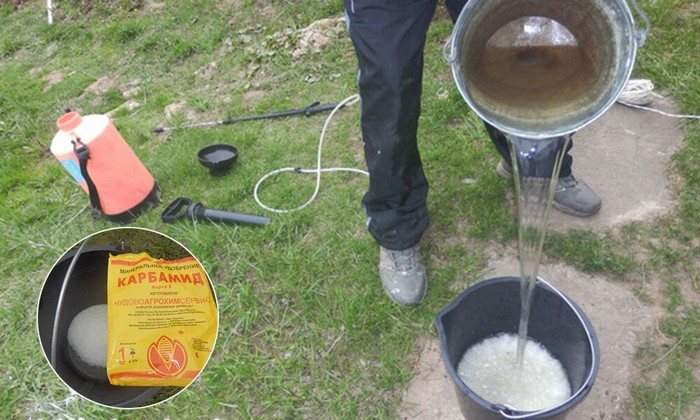
Instructions for using urea as a fertilizer
As a fertilizer, urea must be applied in the spring when digging up the site. Granules are added to the soil at the rate of 10 grams per 1 m2 and immediately cover with soil. With prolonged contact with air, urea loses its properties.
For root feeding during planting or during active growth, it is recommended to prepare a solution of 20 grams of urea per 10 liters of water. After preparation, the solution is used immediately, however, in order not to harm the roots, fertilizing must be done on pre-moistened soil.
Foliar feeding can be carried out throughout the growing season. The dosage may vary depending on the type of plant being grown. According to general standards, no more than 1 gram per liter of water is used for spraying.
For vegetables
Vegetable crops are most often fed using the root method. The dosage may vary depending on the type of plant. Fertilizing with urea should be carried out taking into account the following tips:
- pre-sowing work. As a rule, such work is carried out in early spring. After digging up the area, the granules are distributed in an even layer over the area. Using a rake, mix the fertilizer with the soil or water it generously. Otherwise, some of the nitrogen will evaporate and the effectiveness of fertilizing will decrease;
- during the seed planting period. Using this method, it is necessary to place 2-3 grams of the substance in each hole and sprinkle with soil. Only after this are the seeds or seedlings planted.
Repeated feeding with urea should be carried out no earlier than 15 days after the first application.

cucumbers
For cucumbers, fertilizer is used only 2 weeks after planting the seedlings. To feed with urea, you need to dissolve 15 grams of granules in 10 liters of liquid. When growing vegetables in greenhouse conditions, it is recommended to use foliar feeding. Fertilizer in an amount of 10 grams is dissolved in 10 liters of water and distributed evenly over the area.
Tomatoes
For tomatoes, urea fertilizer is used very often. In order to get a good harvest, the following features must be observed:
- when planting seedlings, 5 grams of the substance must be placed in each hole;
- After 3 weeks, foliar feeding is carried out at the rate of 1 gram per liter of water.
It is not recommended to use urea during the period of active flowering. This can stimulate side shoots to grow and buds to drop.

Cabbage
It is recommended to feed cabbage with urea once a season. Fertilizer is applied 10 days after planting the seedlings. For 10 liters of water, 20 grams of granules are used. The resulting solution is distributed over 1 m2.The same dosage is used for feeding wheat and other grains.
Garlic
Carbamide for garlic must be added in early June. To feed, 10 grams of granules are dissolved in a bucket of water. The resulting solution is applied to the pre-moistened area.
For greater effectiveness, it is recommended to add 10 grams of potassium chloride to the solution.
Strawberry
Fertilizer for strawberries is applied to the site in early spring immediately after the snow melts. At 1 m2 no more than 10 grams of the substance is used. If such standards are not observed, the crop will begin to form abundant foliage, and the berries will become small.
Potato
For potatoes, fertilizer is recommended to be used during the planting of tubers. 5 grams of granules are placed in each well. Urea stimulates the rapid growth of sprouts and increases germination.
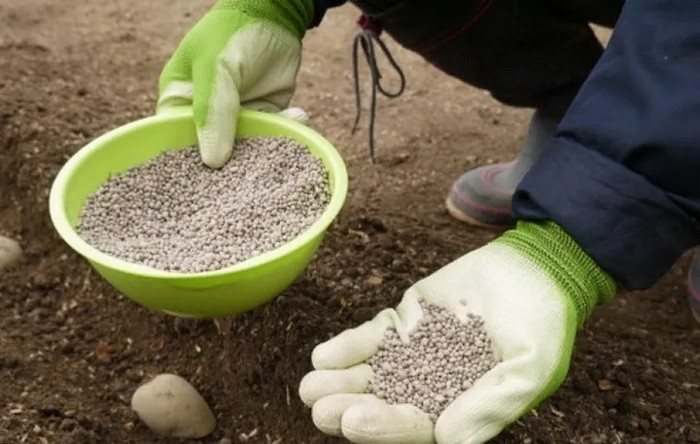
Solanaceae
For plants such as eggplant and pepper, it is necessary to apply fertilizer during the period of planting seedlings. 5 grams of substance are placed per well. After a few weeks, foliar feeding is carried out.
Peas
Legume plants also need nitrogen. Urea for legumes can be added during soil preparation. It is also permissible to fertilize with a solution after germination. The permissible dosage is no more than 1 gram per liter of water.
Beet
It is necessary to feed beets with fertilizer only in the spring. For culture, it is recommended to use 10 grams of granules per bucket of water.
Urea as a foliar fertilizer for beets is used only for symptoms of nitrogen deficiency. These include slow growth of seedlings and the formation of yellow spots on the leaves.
For fruit and berry crops
Urea is very popular as a fertilizer for garden trees and shrubs. The fertilizer can be used throughout the season. It can be applied either dry or in solution. In dry form for trees, apply 70-80 grams at the root and carefully cover with soil. The area above should be watered generously. To prepare the solution, 80 grams are dissolved in water and the tree is watered generously.
For young bushes, a dosage of 60-70 grams is used. 80-90 grams of urea for adult spreading bushes.
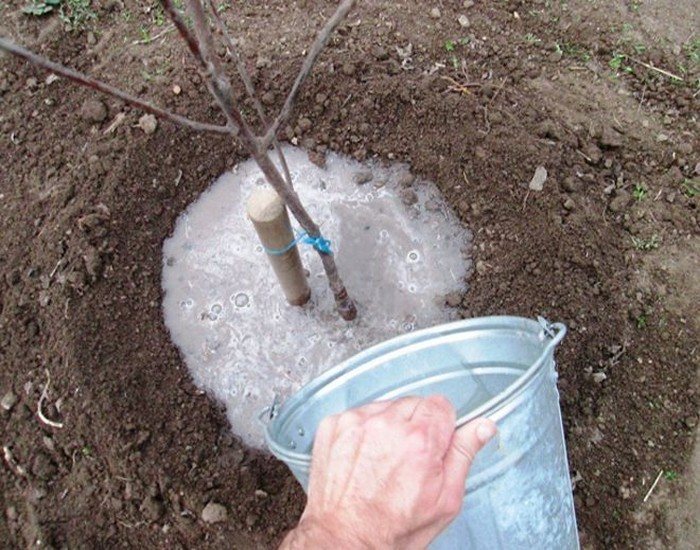
For ornamental crops
As a fertilizer, urea can also be used for ornamental flowering plants.However, it must be remembered that ornamental plants are fed with urea only in the spring. Otherwise, the crop will not be able to form an inflorescence, but will grow foliage. To feed ornamental bushes, 4 grams of the substance are dissolved in a liter of water.
Application against pests
Urea is used in pest and disease control. However, this method is effective only if it is used in the spring before the plants awaken.
From pests
To combat pests such as weevils and aphids, it is necessary to dissolve 30 grams of urea in 10 liters of liquid. The plant is treated generously with the resulting solution. However, treatment must be carried out in early spring at an air temperature of no more than +5 degrees. It is forbidden to process crops that have budded. This may cause flowers to fall off.
From diseases
To protect plants from fungal diseases, the procedure must be carried out immediately after the snow melts. 25 grams of urea are used for 1 bucket. The resulting solution is sprayed onto trees and shrubs.

FAQ
In order for the use of urea as a fertilizer to be effective, the dosage must be observed. Summer residents often have the following questions.
Fertilizer reviews
I use urea to get a large potato harvest. Before planting the tubers, I mix the fertilizer with the soil in proportions of 1:3, and add a pinch to each hole. The soil is necessary so that the granules do not dissolve from the heat of the hands and do not cause burns on the tubers. The first shoots appear a week earlier than those of the neighbors.


